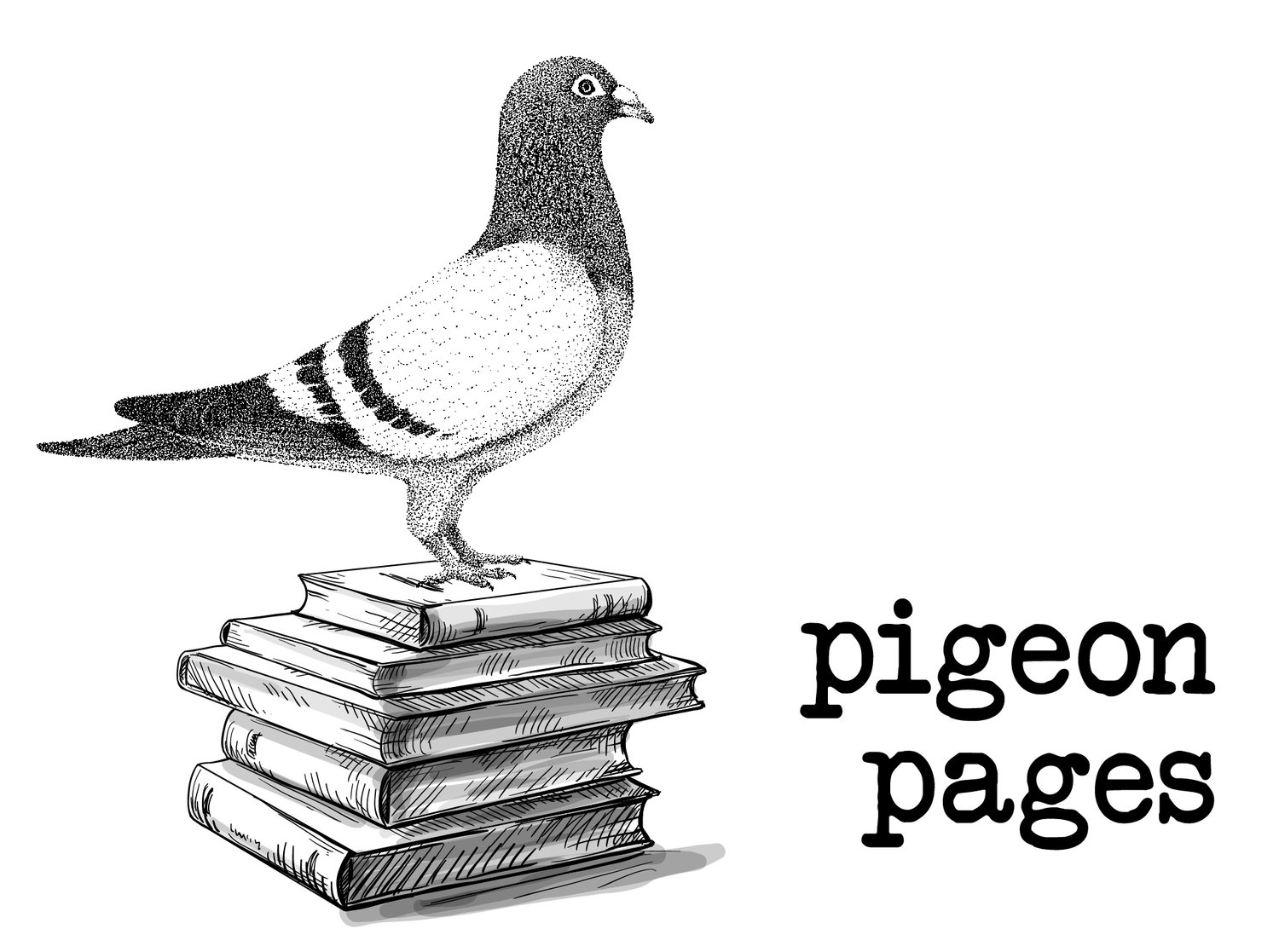Roy Lichtenstein, Woman: Sunlight, Moonlight (Model), 1996. © Estate of Roy Lichtenstein, 2019, all rights reserved.
The Dead Ringer
by Sabrina Hicks
The girl should be a clean slate, someone easy to stare back at in the mirror. Someone without a sad history, from a dying town, an overwhelmed mother, an absentee father—terrible little backstories that only favor the rich and beautiful. She won’t be beautiful enough, or beautiful in the right way though—they never are—which leads her to a plastic surgeon on Sunset Boulevard, paid with bartending tips she makes on her way to the West Coast. The doctor will rid her of her resemblance to her mother, replacing the pug nose and small eyes with a familiar celebrity—a young Angelina Jolie, before Brad and parenting and their tabloid-ugly divorce, or any one of those satin-clad up-and-comers stretched out over the threefold Hollywood issue of Vanity Fair, doe-eyed twenty-somethings ripe for the picking. The swollen lips and sculpted nose are stock-in-trade in this town, sweet sixteen gifts, but Jolie’s deep-set eyes may result in more Girl, Interrupted than Goodwill Ambassador. The girl won’t listen when advised against the deep cut along her eyes, too close to the optic nerve. The stubborness is a leftover habit from her adolescence.
In recovery, the girl pops Percocet and Advil, shares Instagram photos for proof of life, using extra filters and well-placed flowers to hide scars from the scalpel. She wants to claim the natural look, requiring a purge of all previous social media accounts. She’ll blend in in a fuzzy, good lighting way, but will wear red lipstick to keep her looking alive, a reminder of brightly skinned knees, the falls she ran from in Fuckingnowhere, USA. She’s set on becoming an influencer, building her brand with no firm opinions, waiting for endorsements to pay the bills for being a dead ringer—ads, product placement, carefully staged candids, makeup tutorials to obtain that natural glow. She’ll hit verified status on all her accounts, working up to a respectable level of fame, landing on clickbait sites next to duck-faced B-listers before she faces an untimely death. No one has an attention span anymore, and audiences love a cautionary tale.
Before her death, family members will make a brief appearance for color. Think Kardashians, oily bachelors and spray-tanned bachelorettes, pretending to find love instead of the perfect camera angle, parading parents lakeside in their loafers and lace, sipping wine fifty yards away from a recycling bin filled with empty bottles. They’ll show up for the check.
For the untimely death, let’s have it be the result of a pulled optic nerve from those impossible, deep-set eyes. She’ll be taking selfies on Ocean Avenue in Santa Monica, half-blind, stumbling into traffic, hitting an armored truck, face first. The only thing audiences love more than a cautionary tale is irony.
The mother will fly out to identify the body, demand to see the left leg for a sun-shaped birthmark, the one she traced with her finger at night in the nursery while singing You are my sunshine. She might see the hidden incisions the girl made along her inner thighs to relieve the pressure, pinprick reminders when she couldn’t remember who she was, if she was real or not, waiting for the thin throb of a pulse, the heated, iron scent of life. The mother will see the remains of herself, her long fingers and crescent nails, the sharp jut of her collarbones and chin. Maybe she sees the baby she sang to, her glassy-eyed girl with strawberry-scented hair, stripping trees of their bark with the back of her heels, shrinking the world in height, scaling back her backstory–the father who left them, the mother who couldn’t protect her, the boys hard with their unstoppable fingers and hungry mouths.
The mother might wonder who told the girl she wasn’t worth seeing as she was; who told the girl she wasn’t sunshine; who told the girl the sun was only meant to be a dying star. The mother might wonder if she was the one who did this. She will dig around in her memory at night, tracing the sun seared behind her closed lids, waiting for morning, never quite recognizing her reflection in the mirror, thinking herself a dead ringer for someone she once knew, someone who held a beautiful baby in her arms and thought she was offering her the world.
Published October 27th, 2019
Sabrina Hicks lives in Arizona. Her work has appeared in Matchbook, Pithead Chapel, Pidgeonholes, MoonPark Review, The Sunlight Press, 100 Word Story, Writer’s Digest, and other publications. More of her work can be found at sabrinahicks.com.
Roy Lichtenstein was one of the most influential and innovative artists of the second half of the twentieth century. He is preeminently identified with Pop Art, a movement he helped originate, and his first fully achieved paintings were based on imagery from comic strips and advertisements and rendered in a style mimicking the crude printing processes of newspaper reproduction. These paintings reinvigorated the American art scene and altered the history of modern art. Lichtenstein’s success was matched by his focus and energy, and after his initial triumph in the early 1960s, he went on to create an oeuvre of more than 5,000 paintings, prints, drawings, sculptures, murals and other objects celebrated for their wit and invention.

